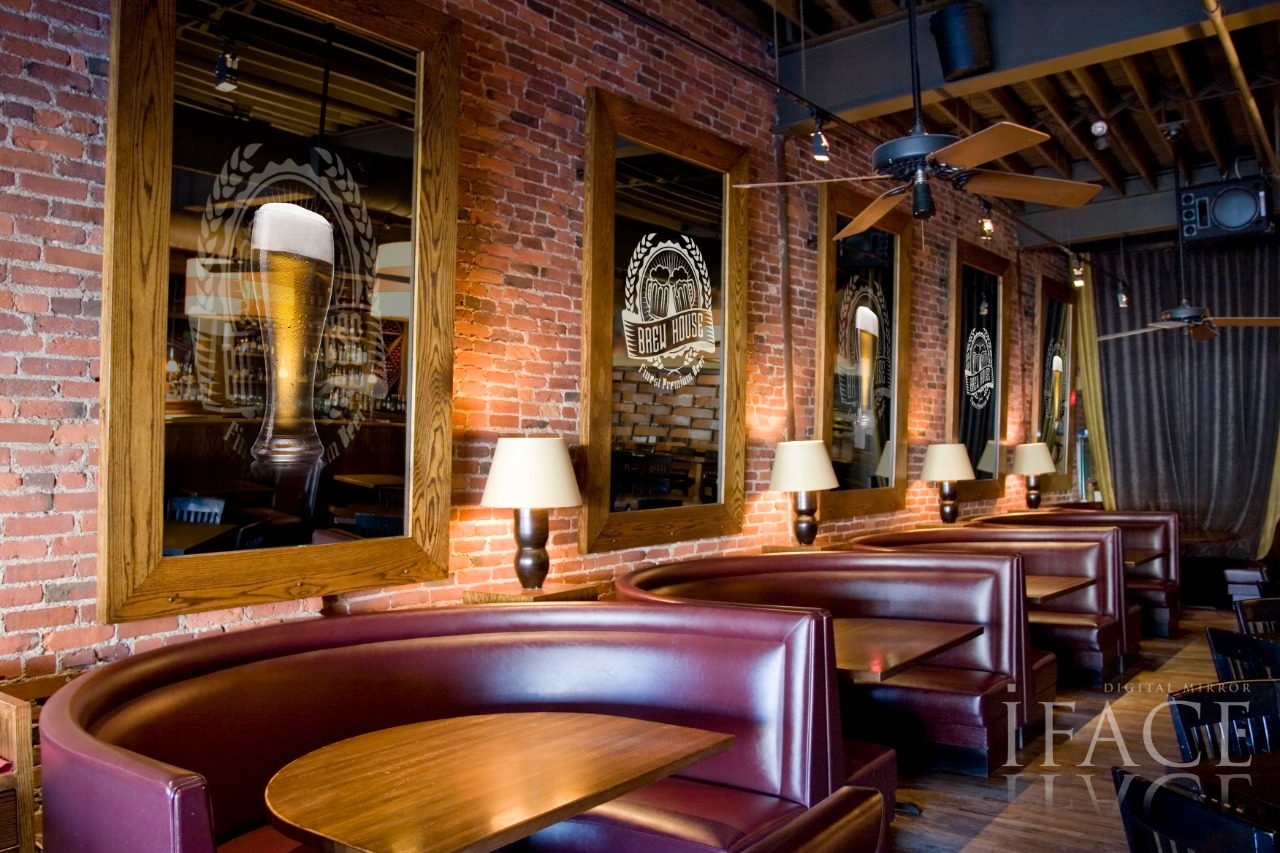Barbara Jarabik considerations about luxury brands advertising methods after pandemic: Focus on quality, not quantity. It’s better to have a small number of high-quality leads than a large number of low-quality ones. When luxury brands mass market, they risk diluting their message and appeal. Create a Unique Selling Proposition. The best way to give your brand a competitive advantage is to create a unique selling proposition (USP). This is a statement that explains what makes your brand a unique product and why customers should buy from you instead of your competitors. Your USP should be based on your brand’s unique strengths and how those strengths can benefit the customer. For example, you could focus on luxury, quality, or customer service. Make sure that your USP is memorable and easy to understand.

It needs to look and feel the part: Sure, the price can be hundreds or thousands of dollars, but does it feel and look that way? When you hold a Louis Vuitton purse, drive a BMW, or wear a Rolex, it doesn’t feel like it’s your average product. The attention to detail, materials, and engineering all make these products worth their price point to the correct audience. Imagine trying on a watch. The bracelet jingles, it’s flimsy and looks like something you’d buy at the dollar store. That’s not luxury. The 18k gold and diamonds instantly make this model look expensive and luxurious. You don’t have to question whether it’s a high value product or not. The appearance, weight, materials, and everything used to create it tell you the whole story.
For luxury brands, the Internet does not represent wider distribution of actual products. It’s a wider distribution of the content that evokes the desire to buy luxury products. Translated to the offline world, effective digital marketing is like running more advertisements on buses, or more TV ads, or having more stores in Central London. Exclusivity can be created online through private member groups, concierge services, or digitally-delivered loyalty perks that are reserved specifically for previous customers.
There’s a reason Gucci doesn’t do infomercials for tiger print duffels. That Equinox doesn’t offer a discount for January first’s newly health-obsessed. That anthropomorphic Hamsters break dance in front of Kia Souls instead of Range Rovers. Advertising for luxury brands tends to focus on, well, luxury. The happiness they inspire. The quality. The sheer opulence that becomes a piece of one’s life when he or she buys free-range leave-in conditioner infused with dolphin tears, or an ornate bottle of some top-shelf botanical cordial. Whether you’re storyboarding a TV spot or building out an ad group in Google Ads (the artist formerly known as AdWords), your target audience needs to feel as though your product or service is a physical manifestation of luxury.

While I appreciate the need for stylistic design, luxury brands need to invest in websites that are also intuitive and well desgined from a user experience perspective. Aston Martin and Versace are both great examples of what luxury brands should be doing with their websites. Their websites are visually stunning, while very easy to use, and highly functional. In his book ‘Start With Why’, Simon Sinek explains how great marketing starts by explaining why they exist. Despite this, the majority of brands still market their products by explaining what they do. Take Apple for example. Here’s a paraphrased excerpt of how apple communicate with their customers. Read additional information on Jarábik Barbara.
Digital signage mirrors are another way for luxury brands to advertise efficiently : The entire digital signage mirrors market was valued at USD 780 million in 2021. The global market is expected to grow steady at a CAGR of 12.21% to reach USD 910 million by 2023. Digital signage mirrors can greatly improve individual efficiency by choosing outfits as per weather updates while also offering bus and train schedules (including traffic updates). Digital signage mirrors in smart homes, planes, commercial spaces, hotels, etc. are designed to be connected to users as well as with different devices around. Energy efficiency is one of the major advantages that will drive the adoption of digital signage mirrors.